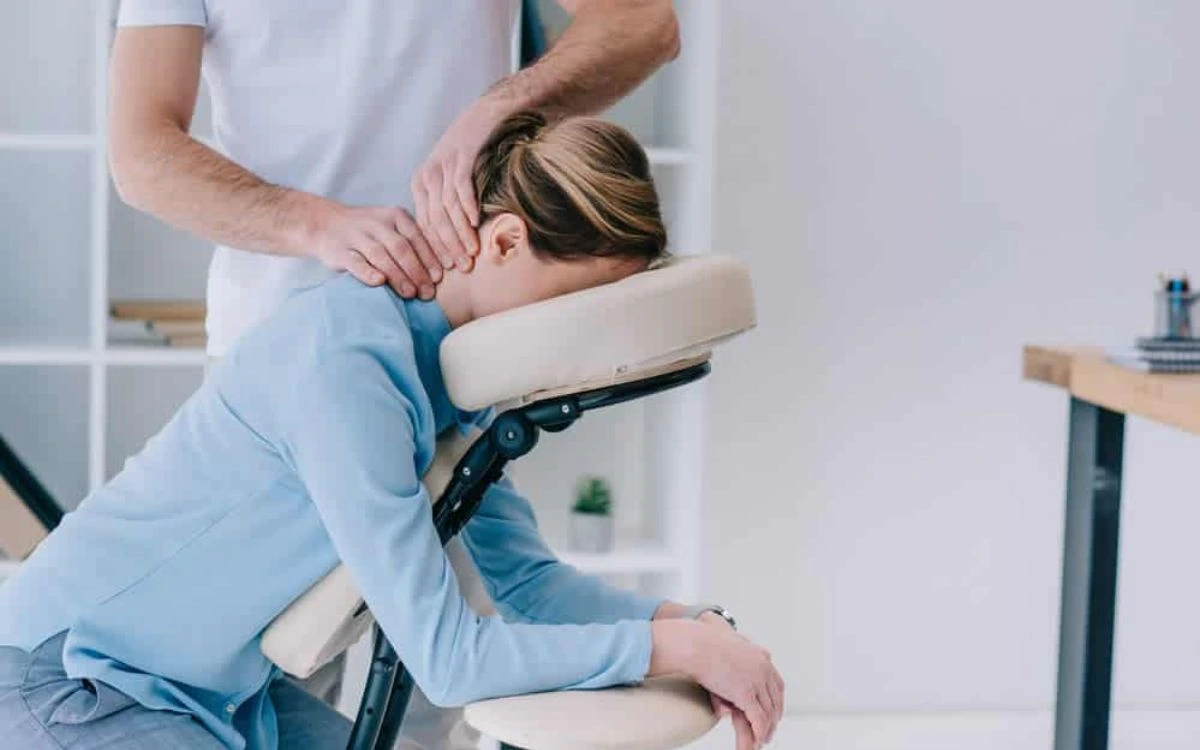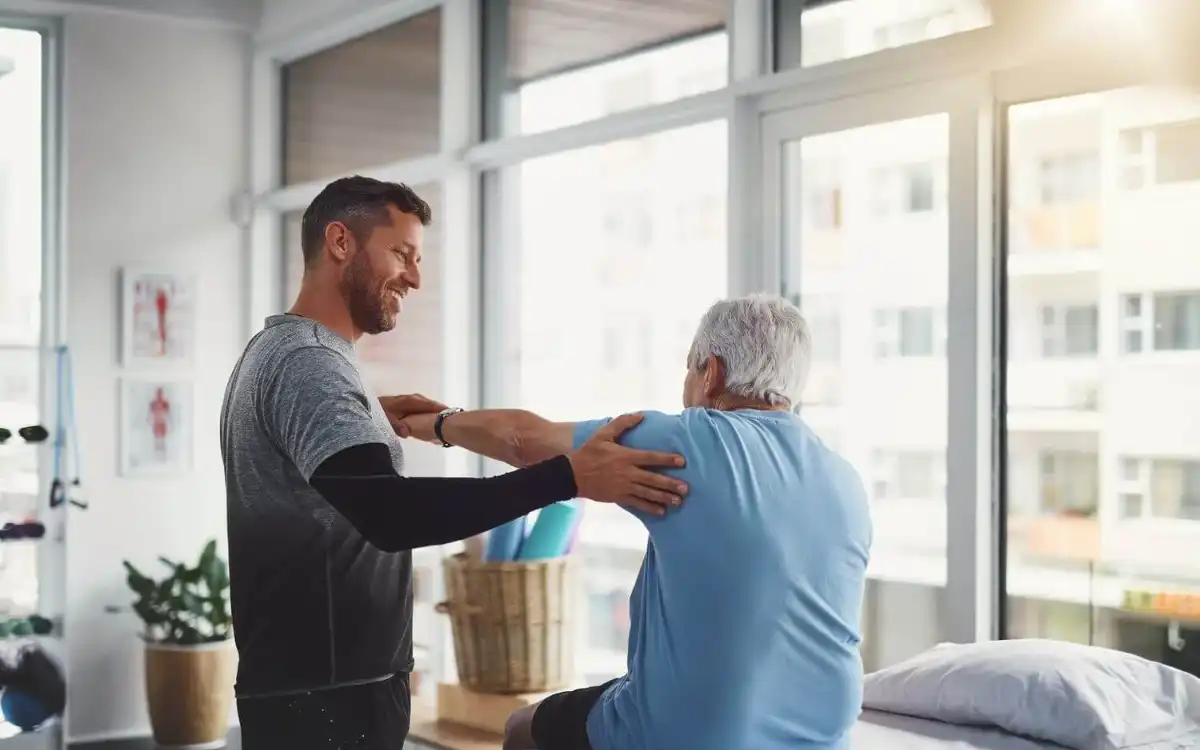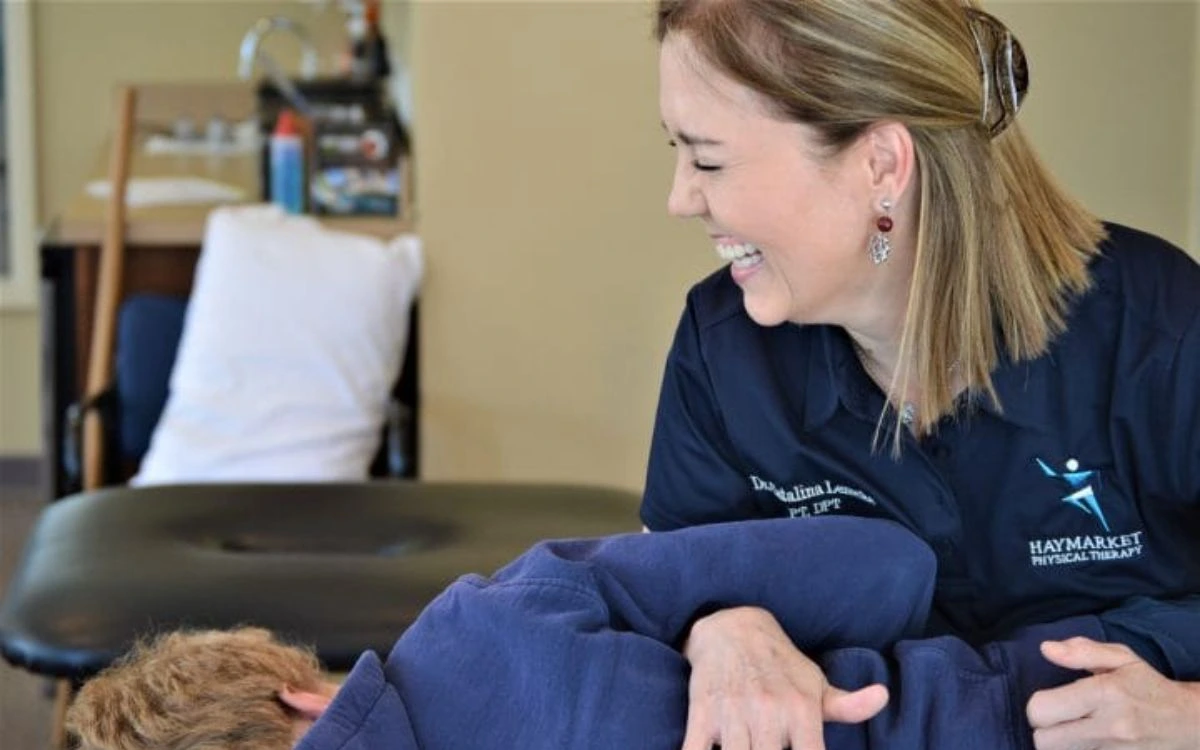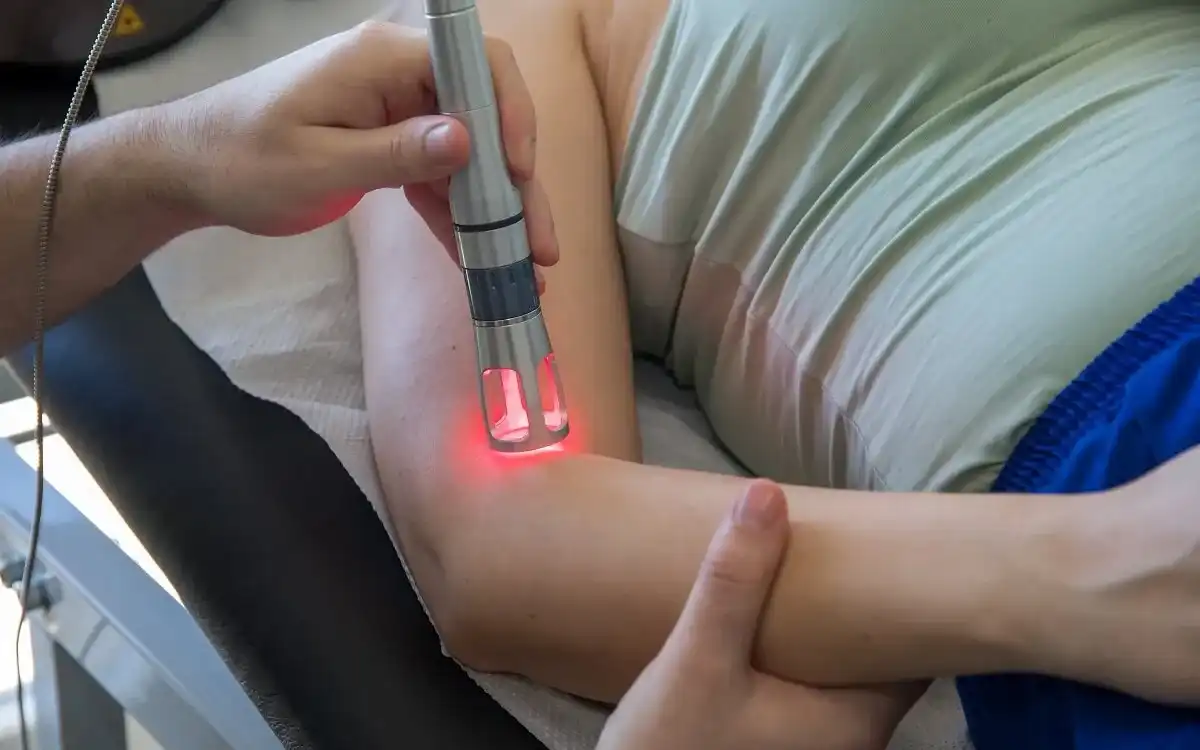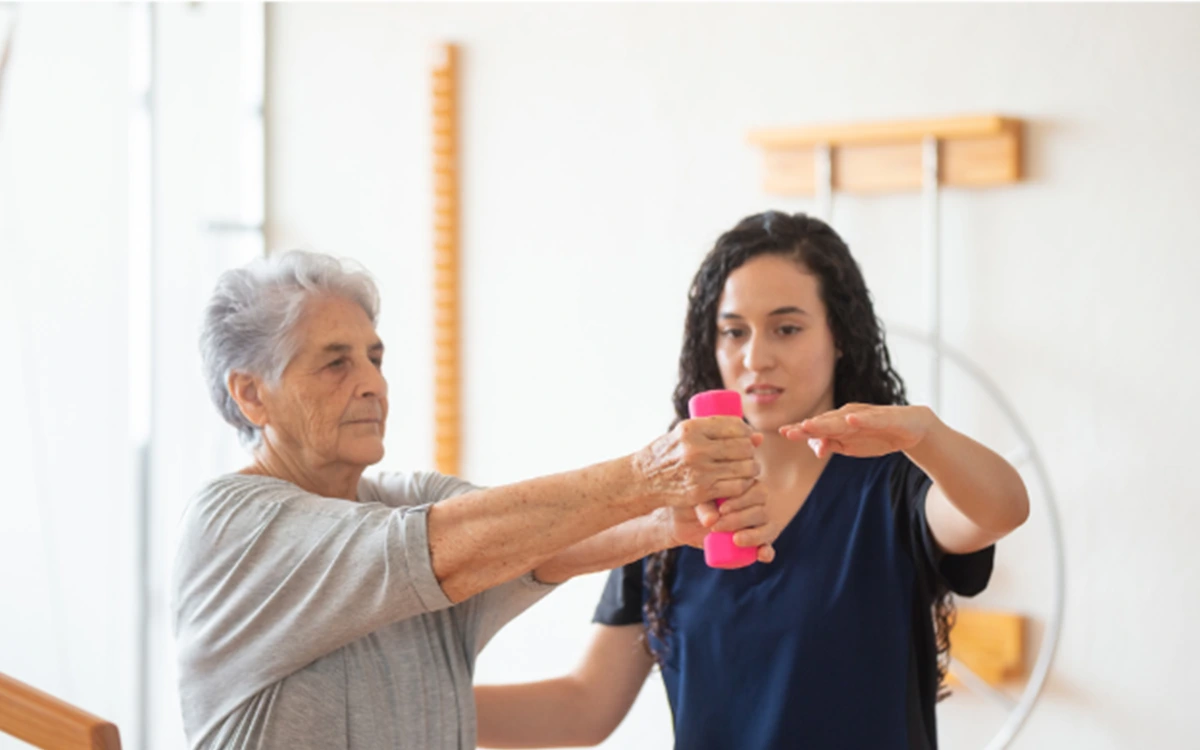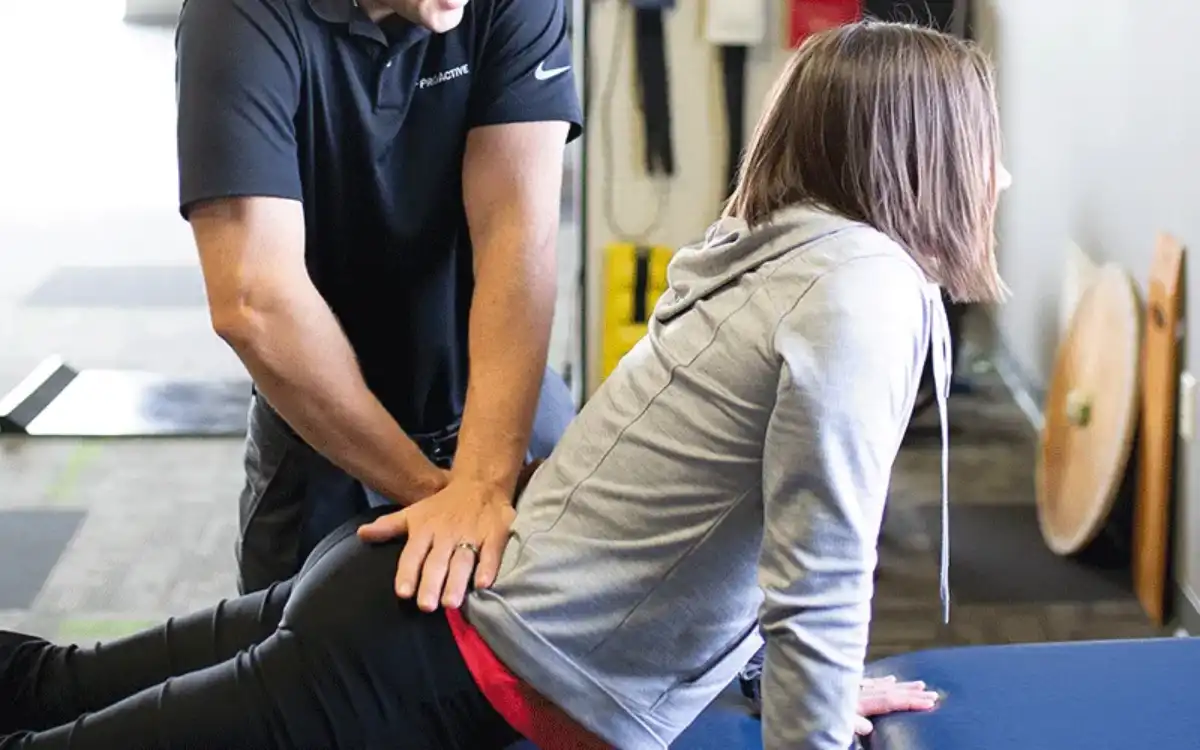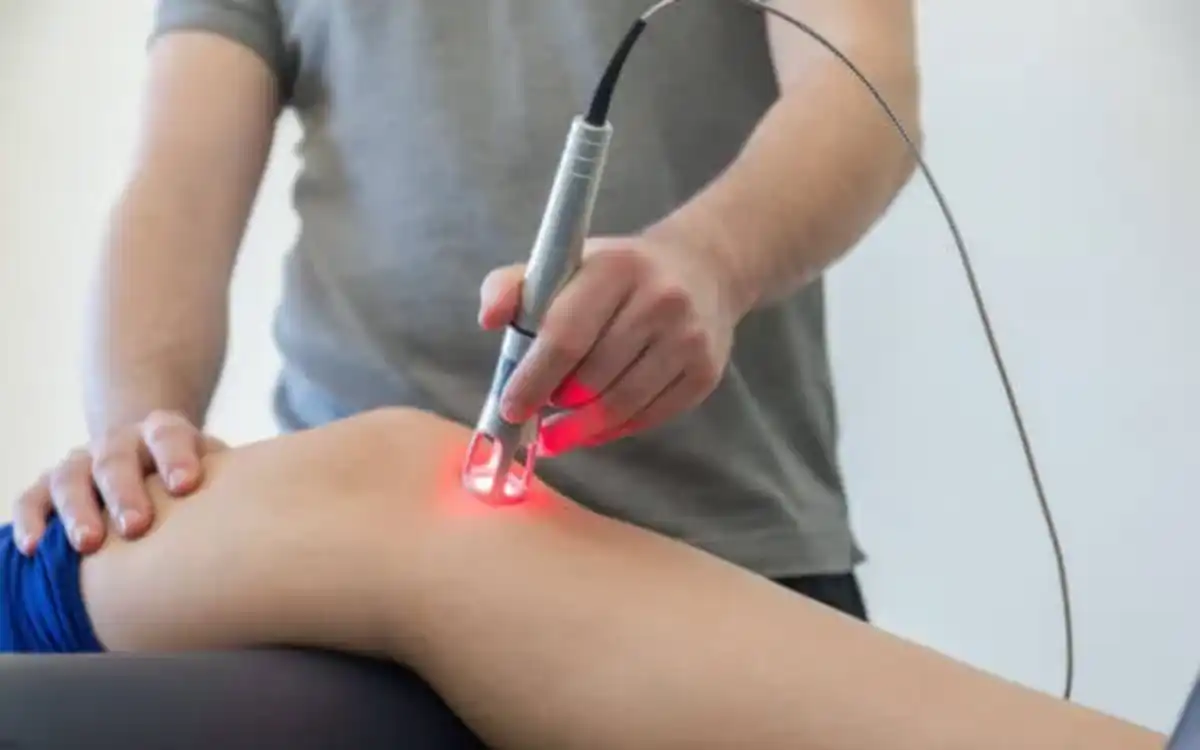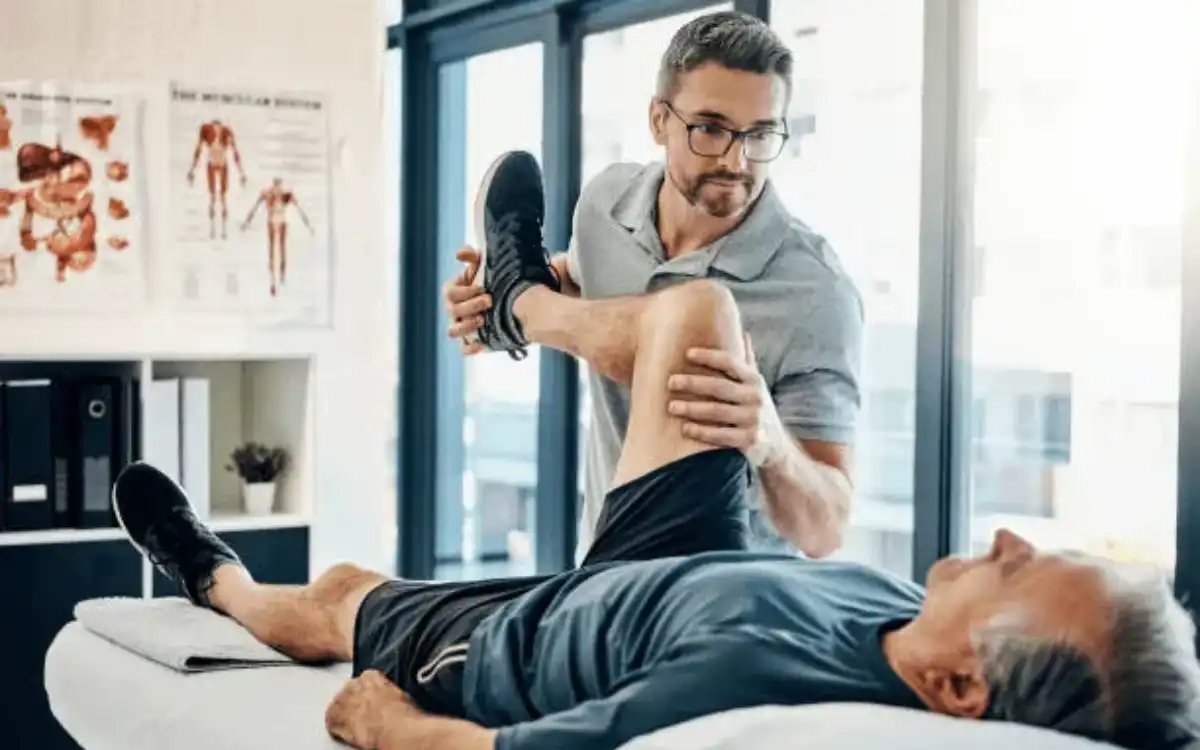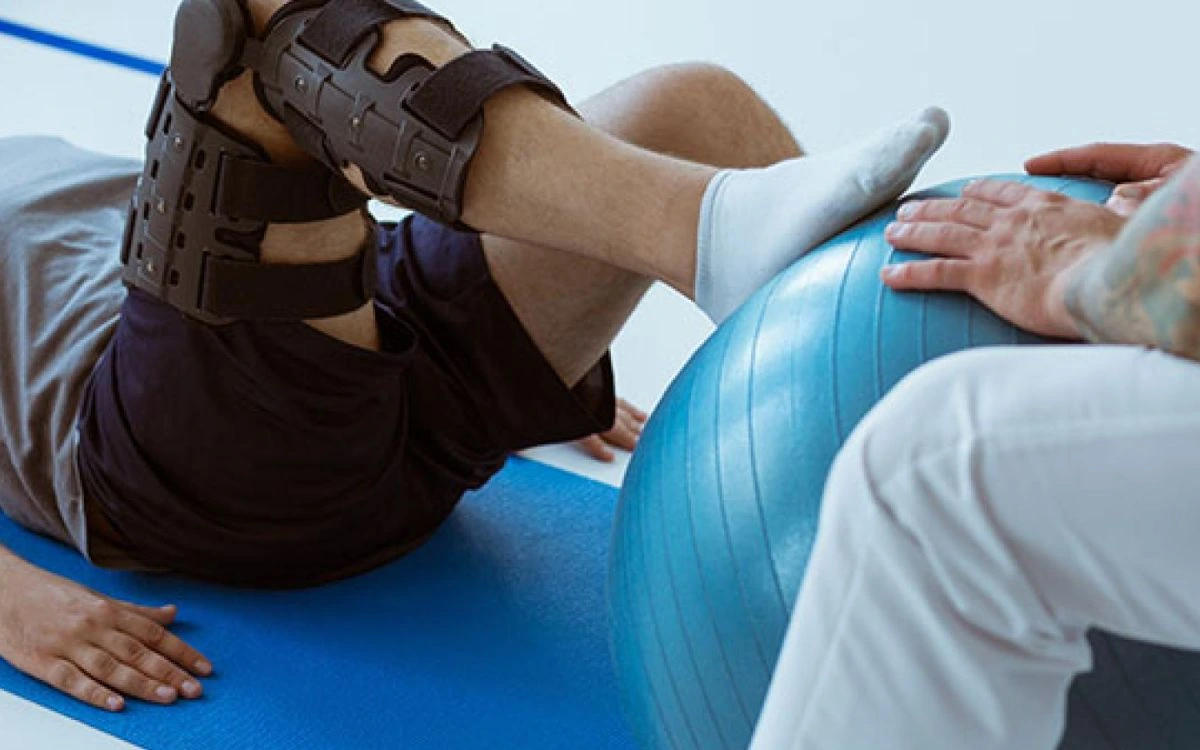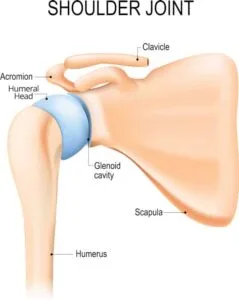OVERVIEW
Multidirectional Instability Signs and Symptoms
There are signs of ligamentous laxity. Subluxations (partially moving out of joint) in the shoulder can cause pain and weakness. On examination by a doctor, a positive “sulcus” sign is found.
Physical therapy is a common treatment option that works well for most patients. Because it is difficult to stabilize the shoulder in all directions, surgery is rarely necessary.
TREATMENT
Possible Treatments
- Active Assistive Range of Motion
- Aerobic/Endurance Exercise
- Core Strengthening
- Cryotherapy or Cold Therapy
- Electrotherapeutic Modalities
- Isometric Exercise
- Proprioceptive Neuromuscular Facilitation (PNF)
- Proprioception Exercises
- Physical Agents
- Shoulder Active Range of Motion
- Shoulder Joint Mobilization
- Shoulder Passive Range of Motion
- Shoulder Resistive Range of Motion
GOALS
Possible Treatment Goals
- Decrease Risk of Reoccurrence
- Improve Fitness
- Improve Function
- Improve Muscle Strength and Power
- Improve Proprioception
- Self-care of Symptoms
- Improve Safety
- Improve Tolerance for Prolonged Activities
- Improve Wound Healing

